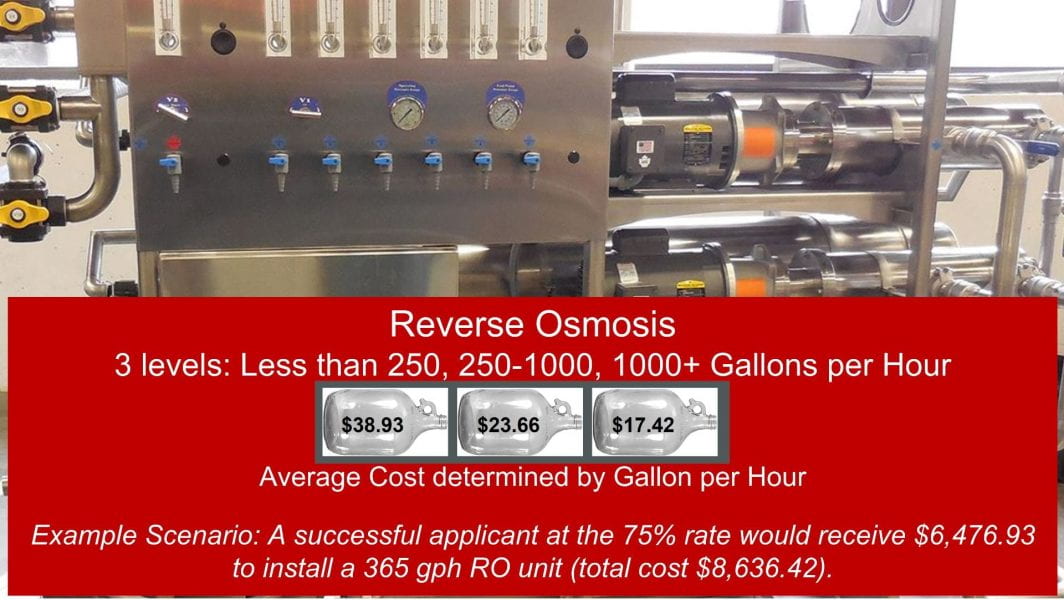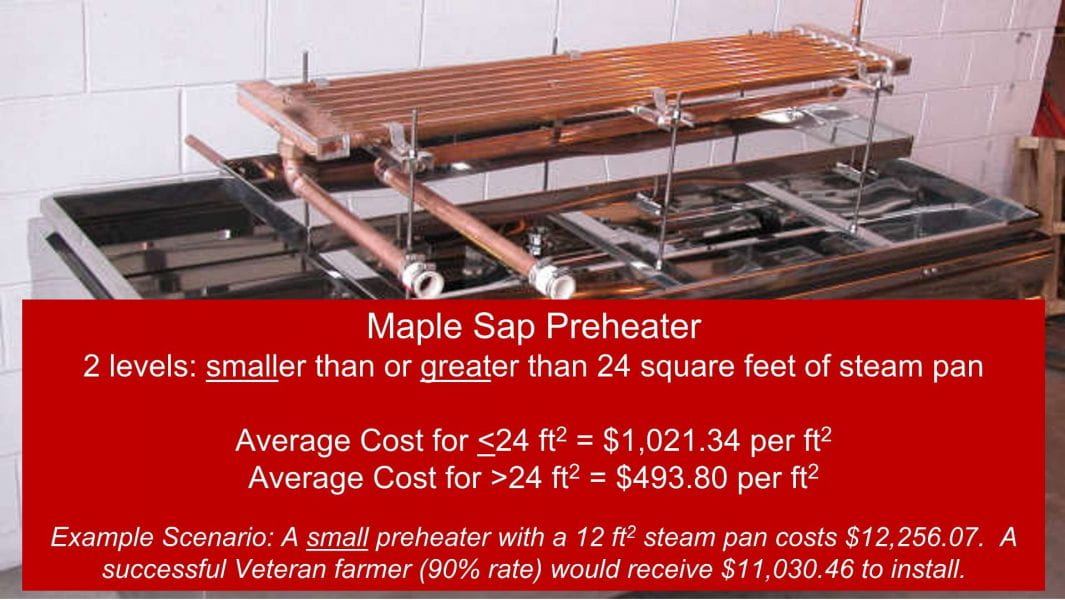Special thanks to Keith Libben & Timothy Fulks for writing this article for the OSU Maple site!
The USDA Natural Resource Conservation Service (NRCS) has long been a well-known resource for agricultural producers in Ohio, especially with our livestock producers and our crop farmers. Their Environmental Quality Incentives Program (EQIP) is the flagship conservation program for NRCS and has provided millions of dollars in incentives to producers over the years to address resource concerns that negatively impact soil, water, air, and animal health.
EQIP works by providing farmers, ranchers, and forest owners financial incentives to install conservation practices that help address resource concerns. Common practices funded include cover crops, manure storage systems, and nutrient management planning. But did you know that EQIP can now assist Ohio’s maple syrup producers? Recent changes to the practices available in Ohio intended to improve air quality can now provide some assistance in the sugar shack. The practices available are intended to improve air quality by improving efficiency in the sugar shack and in turn reducing emissions from burning fossil fuels or wood. Practices that are currently eligible include reverse osmosis systems, sap pre-heaters, and improved efficiency evaporators.
Interested in getting some financial assistance to make some upgrades at the sugar shack? This is the general process:
- Producers need to reach out to their local NRCS field office or Soil and Water Conservation District and get an application in for EQIP.
- From there, NRCS will coordinate with you to set up a time to visit your sugar bush and assess your operation. Other professionals may be necessary to determine what practices may be appropriate for your operation.
- NRCS will use this information to develop a conservation plan and cost share estimate. Once this is complete, your application will be submitted for ranking and consideration for funding.
- NRCS will reach out to you if your application has been selected for funding. Now the ball is in your court to decide if you want to sign a contract for the funding assistance. If you sign the contract, you agree to install the required practices per all relevant NRCS standards and specifications.
- Once installation of the practices is complete and verified, you’ll receive your contracted financial incentive.
It is important to not think of EQIP as solely a coupon to get a steep discount for a new evaporator or reverse osmosis unit. Such narrow thinking will probably not result in a competitive conservation plan. Rather, leverage EQIP to design a more holistic approach to improving your overall property. Additional woodland, wildlife, or cropland practices can also be applied to increase your plan’s ranking score and up the odds of being successful. Talk to your local NRCS office today to see how they may be able to help!
Additional Questions:
How much cost-assistance will I receive? NRCS re-evaluates costs of implementing practices on a yearly basis. For most successful applicants, they will receive their contracted payment of 75% of the projected cost upon completion. For historically underserved applicants, the cost share rate is set to 90%.
What are the maple-specific EQIP practice codes? Practice 228 Agricultural Energy Assessment and Practice 374 Energy Efficient Agricultural Operation are the codes that can be leveraged for evaporators, sap preheaters, and reverse osmosis units.
When do I need to get my EQIP application submitted? NRCS accepts new applications on a continual basis, meaning there is no true deadline. However, submitted applications do join a stack of documents for the next ranking session which typically occurs in late fall.
Remember to join us on Saturday, December 9th for the 2023 Ohio Maple Days. One of our featured afternoon speakers this year will discuss EQIP’s cost-share opportunities for maple producers in detail. Registration should go live in late July-early August.


